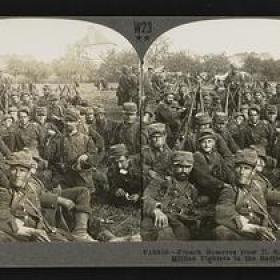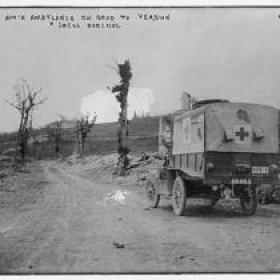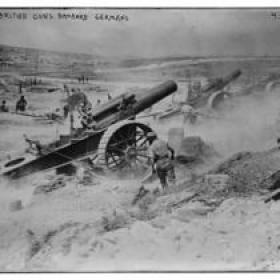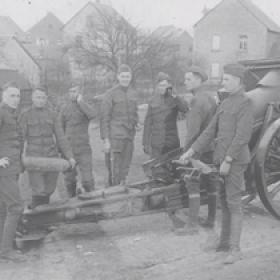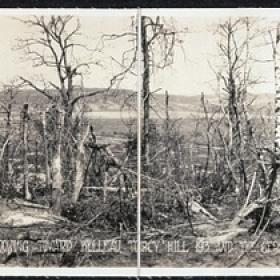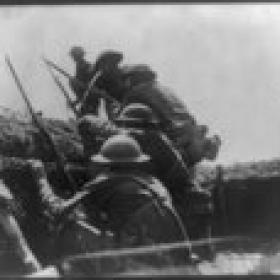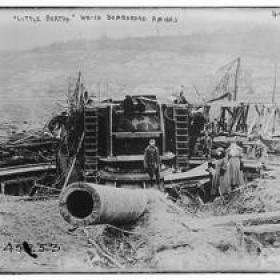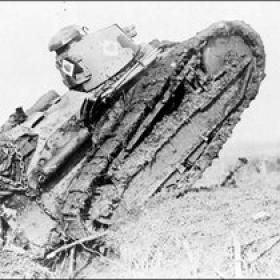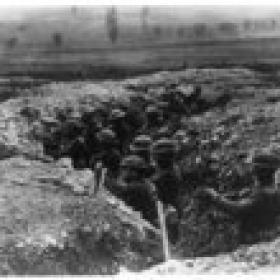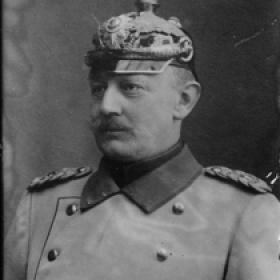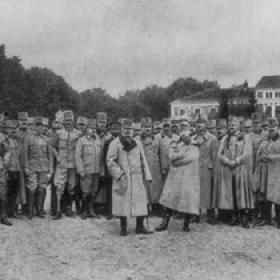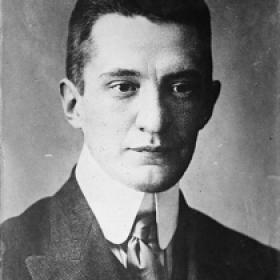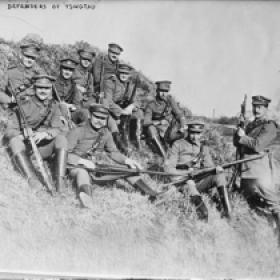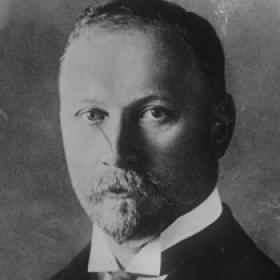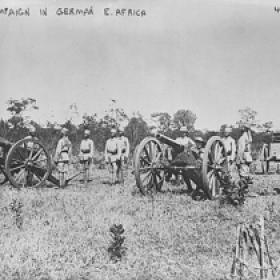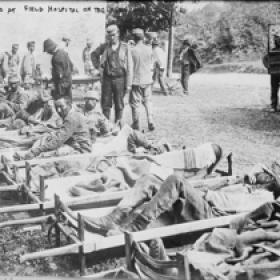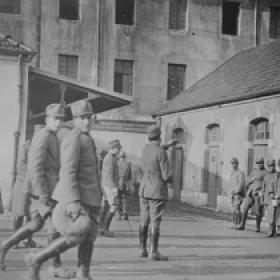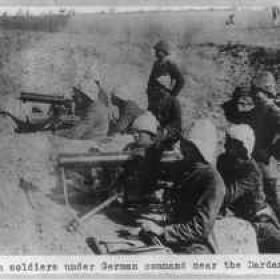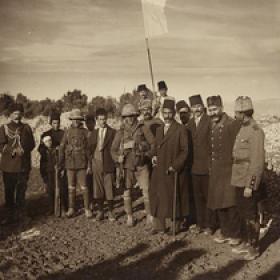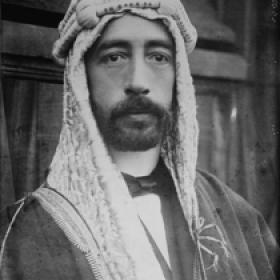Battle of the Marne
The Battle of the Marne (September 5-12, 1914) marked the end of the German advance into France from Belgium. Following the French army’s “Great Retreat” towards Paris, French Marshal Joseph Joffre ordered the French Sixth Army to advance. While engaging the Sixth Army, the German forces ignored the attacks from a combined British Expeditionary Force (BEF) and the French Fifth Army advancing from the south, opening a 30 mile gap in the German lines. The Germans still hoped to defeat the Allies, but the French were reinforced on the night of September 7 by 10,000 reserve infantry ferried from Paris, including about 3,000 men from the Seventh Army transported by six hundred taxicabs requisitioned by French generals in Paris. Though historians have recently challenged the veracity of the battle’s taxicabs, the story’s impact on French morale was undeniable. Thus, the reinforced Allies held their ground against German counterattacks and drove them into a retreat. The Germans eventually stopped their retreat north of the Aisne River, where they dug in, constructing trenches. The pursuing French and British armies ultimately clashed with the Germans at this spot, resulting in the Battle of the Aisne. The Battle of the Marne was a victory for the Allies, marking the ultimate failure of the German Schlieffen Plan to reach Paris. Yet it also set the stage for four years of trench warfare on the Western Front.
